I’ve been feeding the birds in my backyard ever since that morning eight years ago when I noticed several black-hooded birds hopping around the overgrown garden of our new home on Gabriola Island. They made an odd, metallic chip, chip, chip noise that forced me to sit up and pay attention. Once I started looking, of course, I saw all kinds of birds, many much more colourful than the Dark-eyed Juncos that I now refer to as ‘my gateway drug’, and many with a much more beautiful song, like this male House Finch.
I was quickly hooked. It was all so easy: all I had to do was put out seed and suet and fresh water in return for a never-ending supply of avian visitors that charmed and entertained me. Friends and family were flying all over the world in search of adventure; I just had to sit on my deck. A glorious win-win.
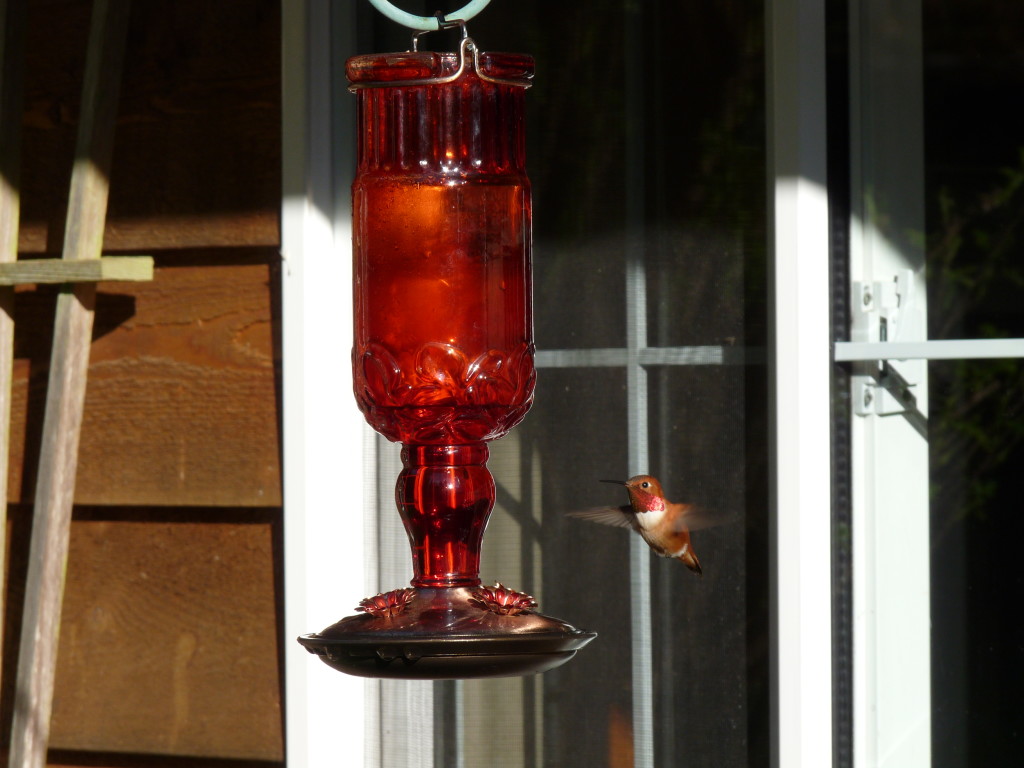
The first Rufous Hummer arrived here on March 15 this year, same as most other years, as I watched from the deck.
Then, one day, tragedy struck. A window strike. Fortunately, the little Pine Siskin survived – although many birds do so, in the short term, only to die later of internal injuries.
Over the years I’ve lost too many birds to the windows (one is too many!) and have experimented with various ‘solutions’, including decals and keeping drapes closed in order to reduce the perception of a flyway. So far, the solution that has worked the best is the American Bird Conservancy Tape. http://blog.aba.org/2012/02/is-bird-tape-the-solution-for-window-kills.html) Since installing it on our garden room windows we haven’t had any bird strikes – that we know of. I just ordered some more for other windows.
Sometimes one of “my birds” is taken by a bird of prey. Last fall when a Cooper’s Hawk stopped by for a meal, I spent an hour trying to get the Steller’s Jays to ignore the peanuts I’d put out and get back up into the blasted trees! Fortunately, all seven jays survived to tell the tale another day – probably a tale about the woman in the back yard flailing her arms and hooting and hollering like a maniac.
But I can’t be there 24/7 to shoo away hungry hawks. I’ve witnessed them munching on a junco on the back fence and seen remnants of kills in the gardens several times. The rational part of me screams, as I write this, “The hawks need to eat too!” Another part of me answers, dejectedly, “I know this.” But the reality is that by encouraging birds to congregate in one spot, a feeder, they become easy pickin’s for birds of prey.
And don’t get me started about cats!
See the sad stats on kills-by-cat here: http://theoatmeal.com/comics/cats_actually_kill) Although I adore INDOOR cats and am averse to violence, I have been known to keep a long handled water gun at the ready. (It’s ridiculous, of course, does nothing but make me feel slightly less helpless, since by the time I open the door and aim the thing, the cat is already high-tailing it out of its favourite spot under a feeder.) Maybe I should deliver scrunchies to all the roaming cat-owners in the neighbourhood? http://www.abc.net.au/news/2015-03-20/scrunchies-prevent-wildlife-death-study-finds/6337222?pfm=ms
These hazards – window strikes, being eaten by a natural predator, being murdered by a cat – can happen at any time of year. But spring, now in full swing here on Gabriola …
… brings a new problem: disease. Pine Siskins with salmonella and House Finches with conjunctivitis have shown up at our feeders a few times, in spite of my obsession with keeping the feeders clean. The spread of disease is the peril that upsets me the most and that most makes me consider abandoning my bird-feeding habit once and for all.
The risk of spreading disease is why I took down my big seed feeder, the one where, in the spring, many birds fight for a spot while others scratch around in the ground below.
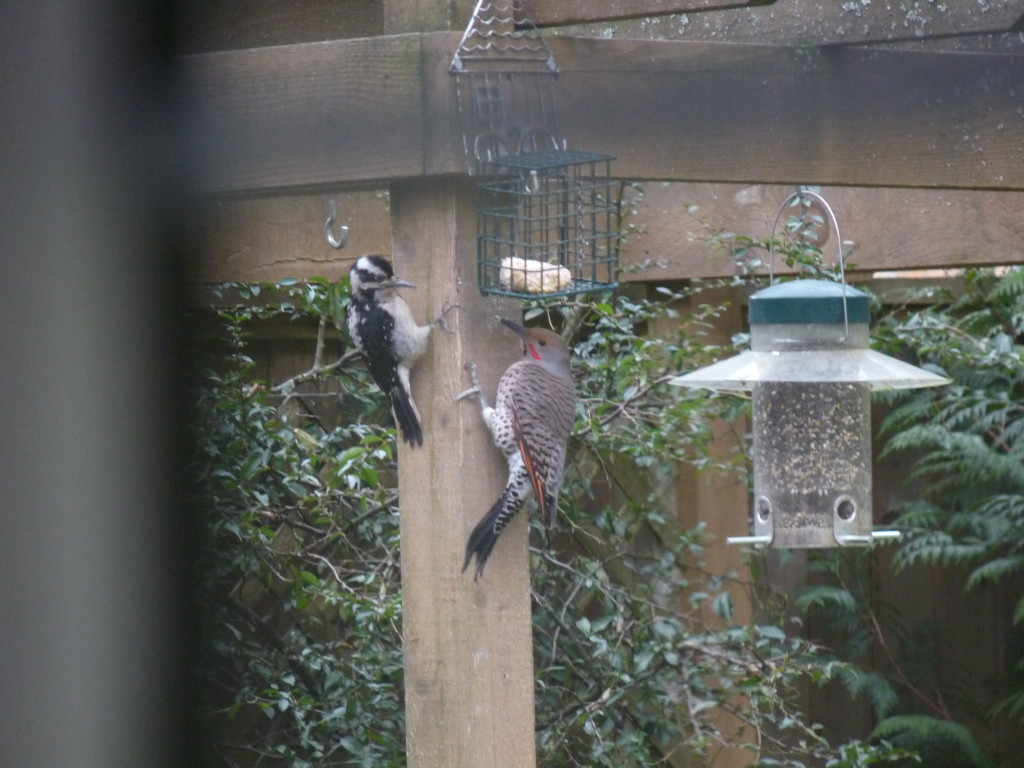
The big seed feeder full of Songbird Buffet. Also Hairy waiting for the RS Northern Flicker to finish his lunch.
The day came where I just couldn’t bear to look at the patch of ground under the feeder. We’d covered it with a wooden contraption that we moved periodically, hoping that would help reduce the risk of disease (wishful thinking? delusion?) but whenever I looked at it (often) I just saw a patch of earth teeming with deadly bacteria. It had to go.
Now I have various small feeders placed in strategic positions all over the yard, hiding under bushes and hanging from branches and garden structures. I also toss seed by hand and provide suet for the woodpeckers, especially in winter and during breeding season, and shelled peanuts for the chickadees and nectar for the hummingbirds. And I plant native plants and flowers, more every season. Here’s a great resource in that regard: https://www.audubon.org/news/10-plants-bird-friendly-yard
Northern Flicker with the suet block all to himself.
And I still toss peanuts-in-the-shell to the jays that seem to think they own the place.
One part of me nudges me to stop feeding the birds altogether, to just quit, cold turkey, especially in spring and summer when natural food is plentiful. So far, though, a much bigger and louder part immediately screams NO! – and begins to whimper. Apparently, it’s not quite ready for me to give up my habit. At those times, I go looking for support and corroboration from experts. Luckily, it is there to be found! I found this invaluable information, for example, on the Cornell Lab website:
“Some people prefer not to feed birds in the spring and summer when there is abundant food. However, during migration in the spring, a bird feeder might be a very welcome source of food for a bird that has already come a long way from its wintering grounds and still has a long way to go before reaching its breeding grounds. In the summer, even though there is a lot of food available for birds, their energy requirements are high because they must feed their young.”
Thank you Cornell, for enabling my habit. I owe you one. 🙂
Have you struggled with this dilemma? Any insights or advice to share?



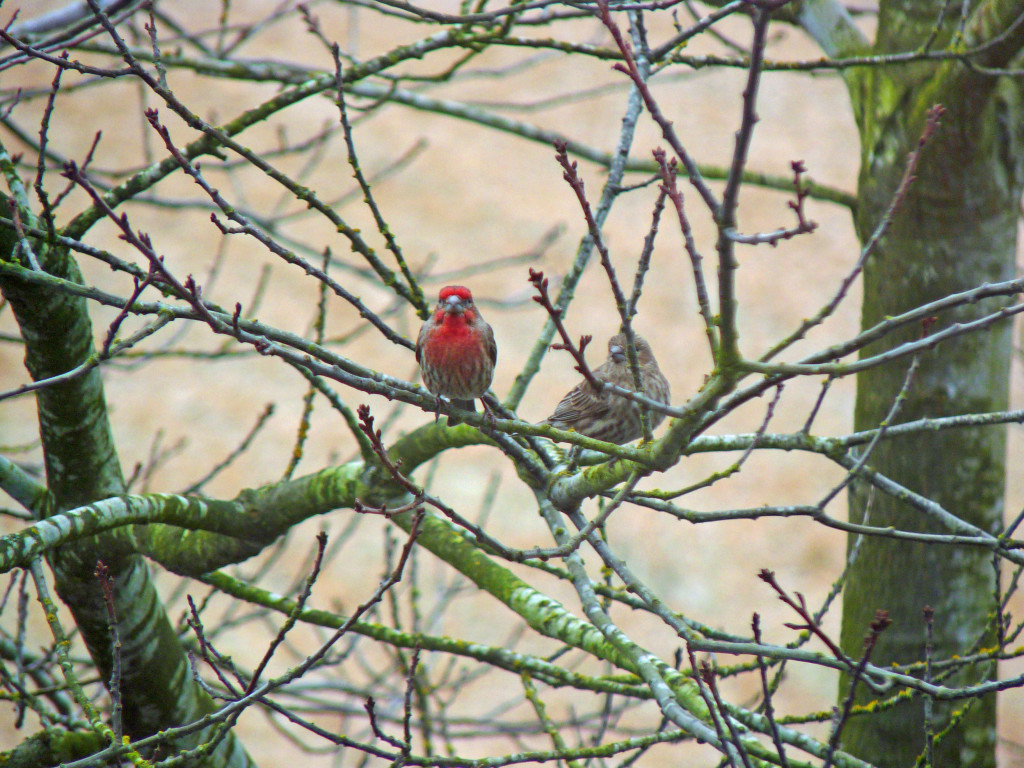
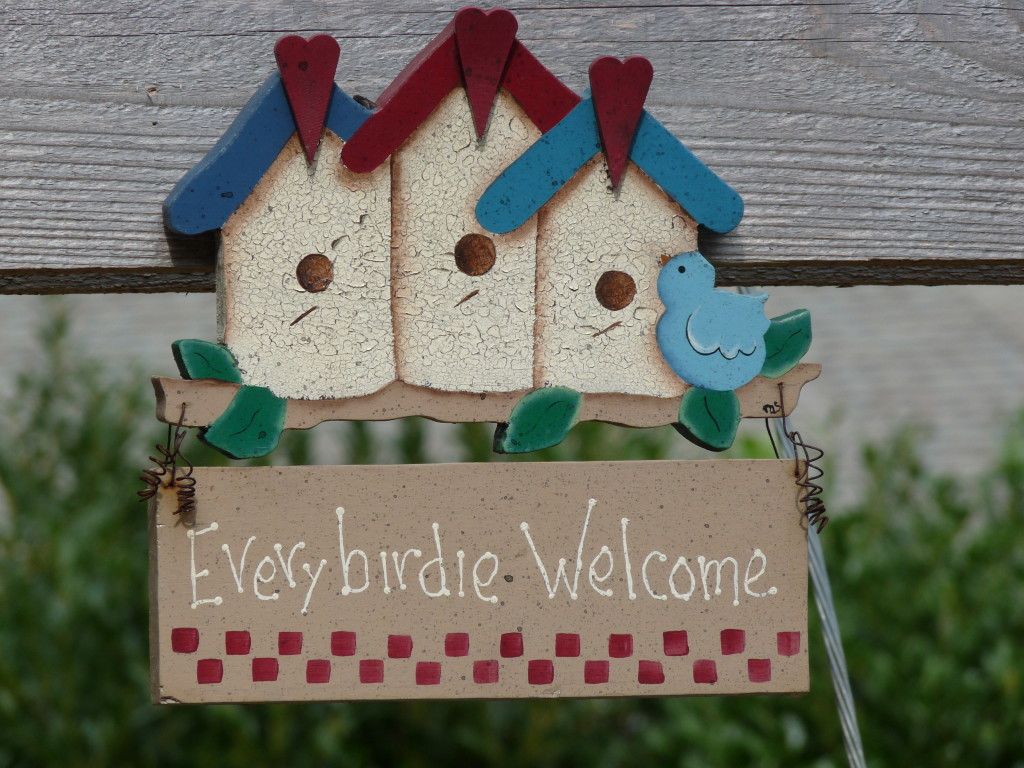


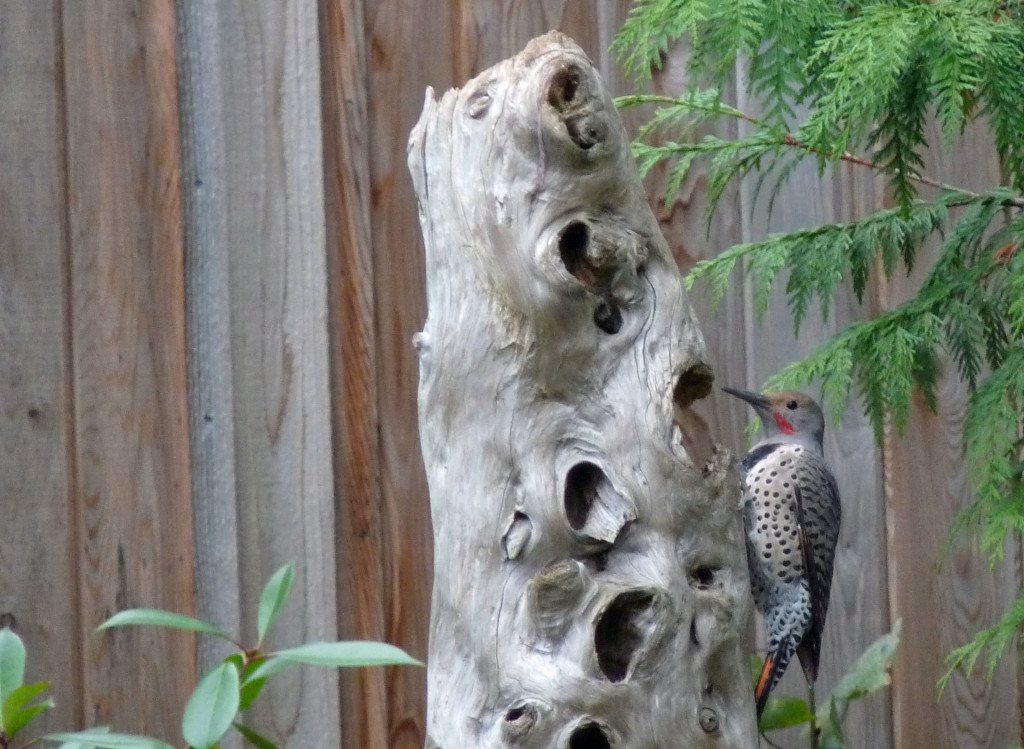
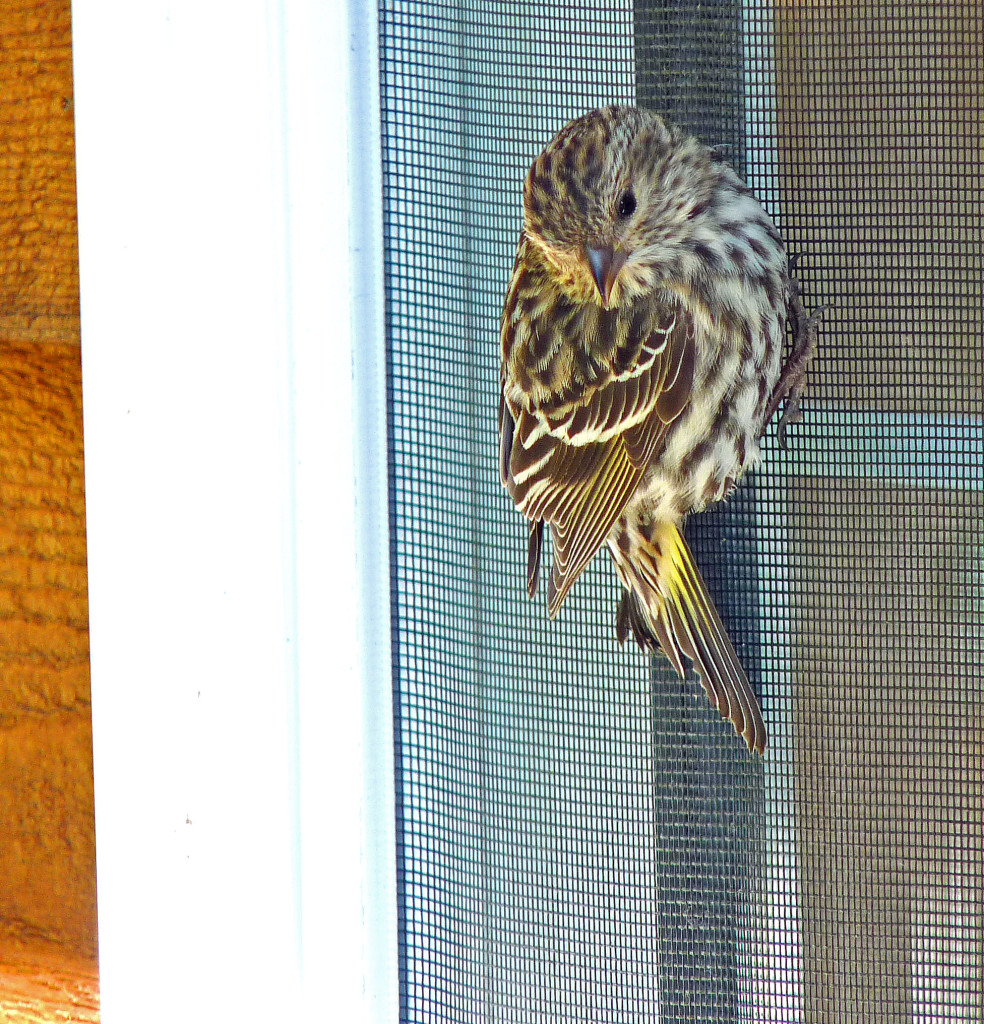
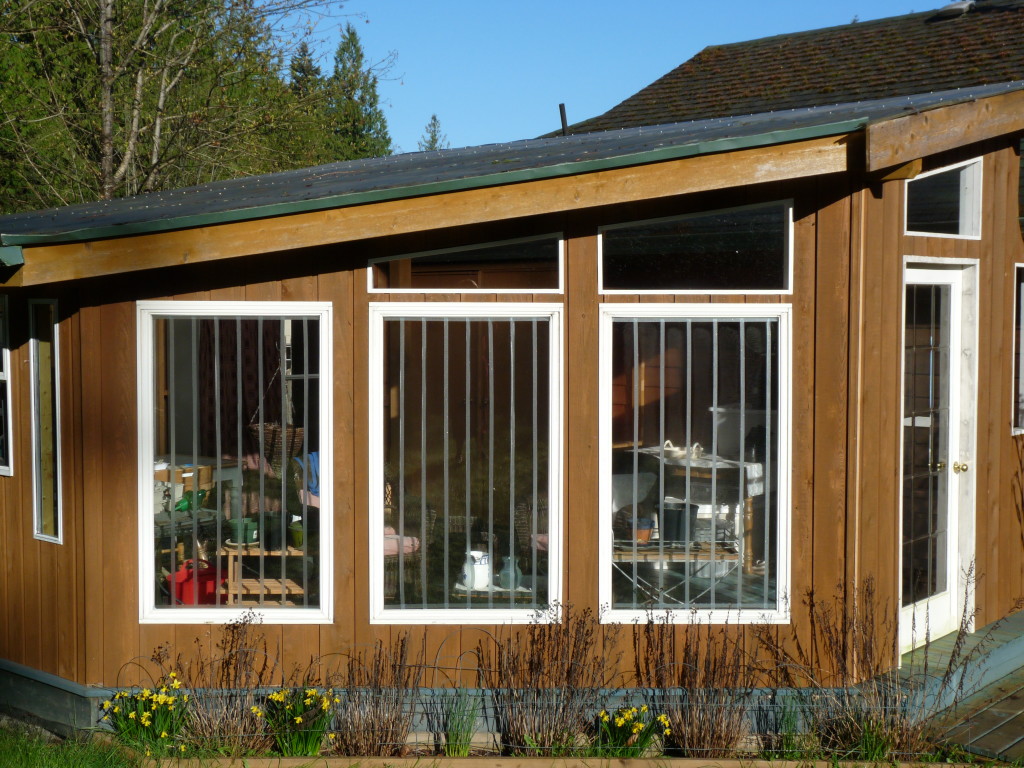
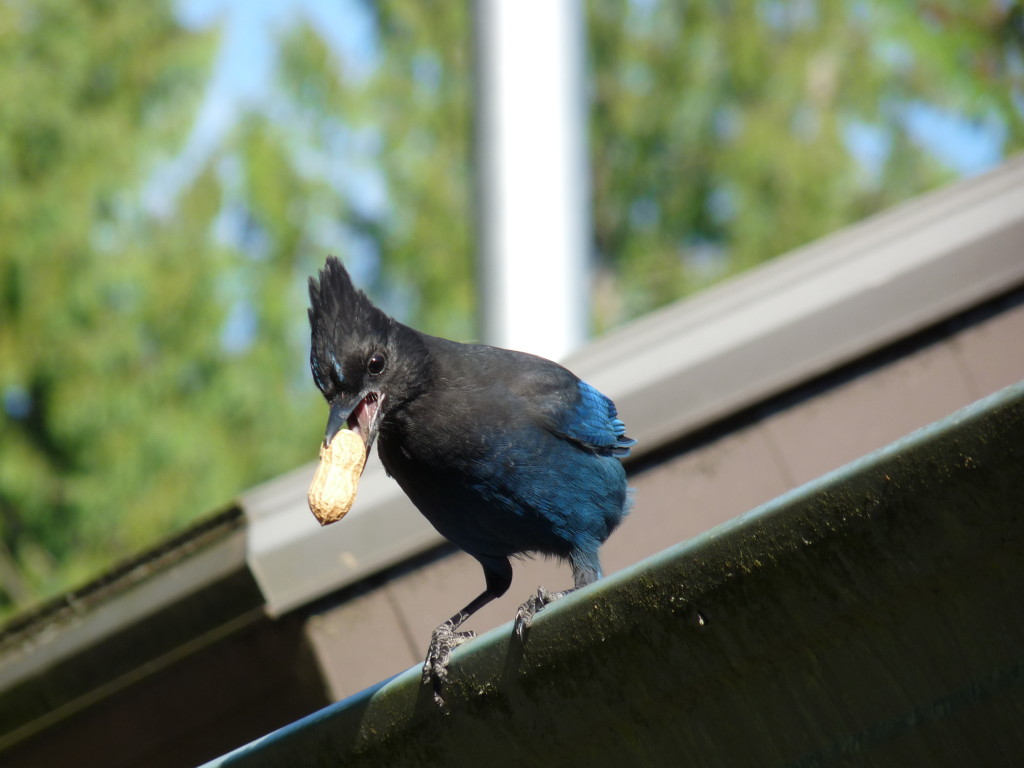
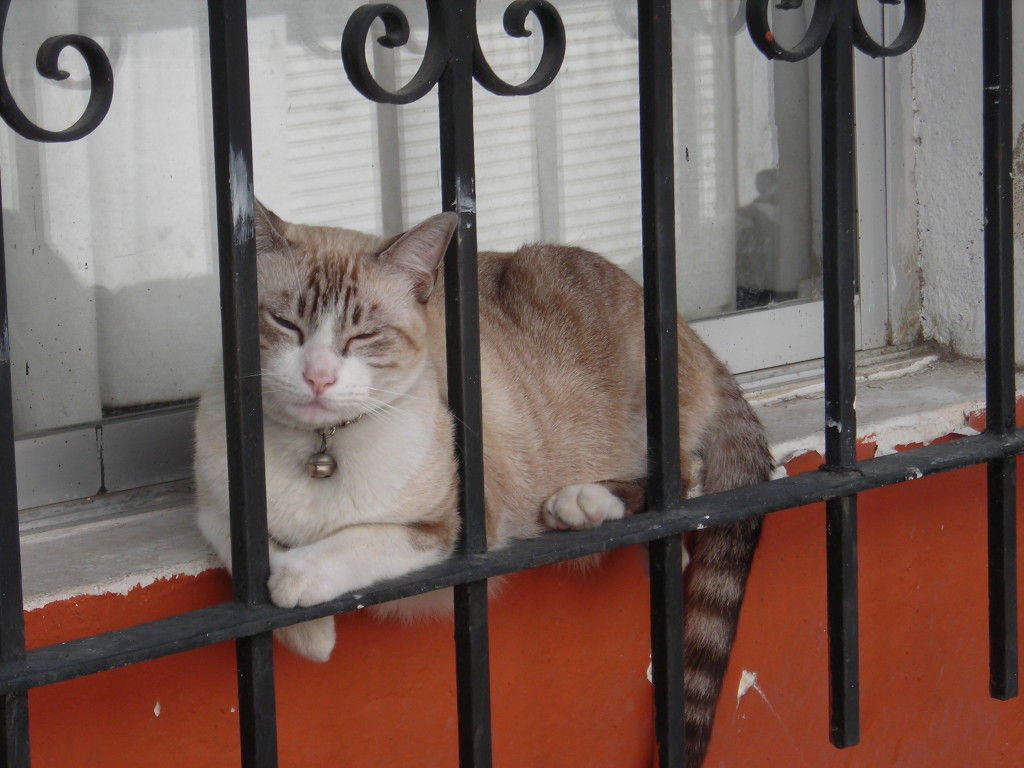

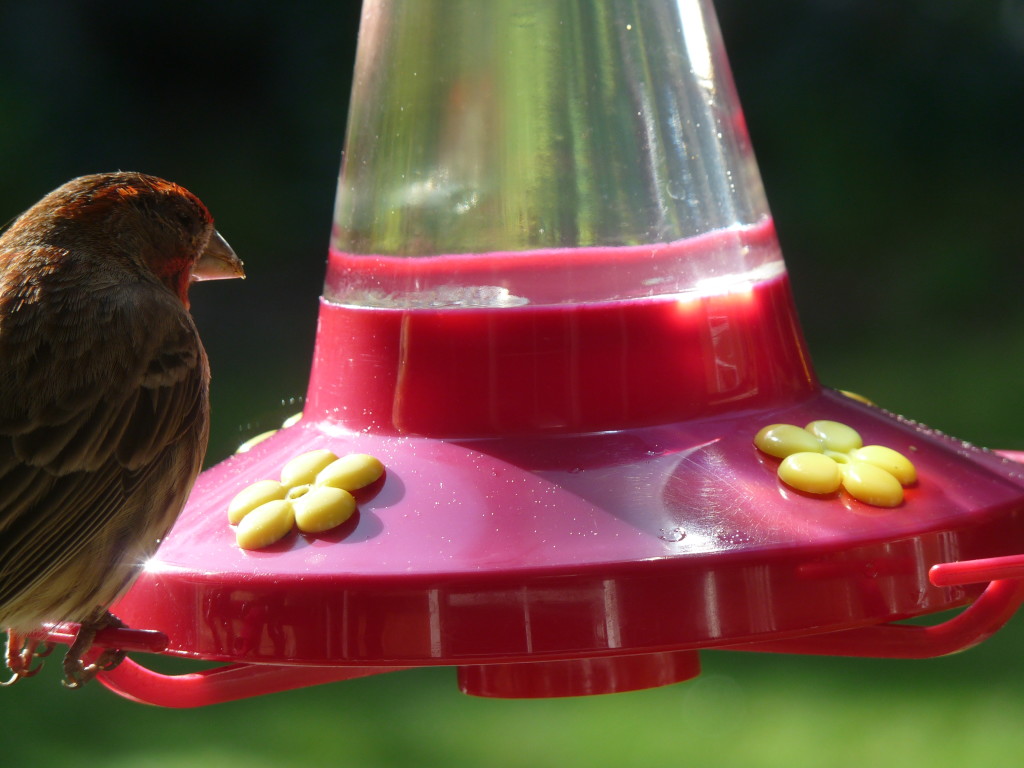

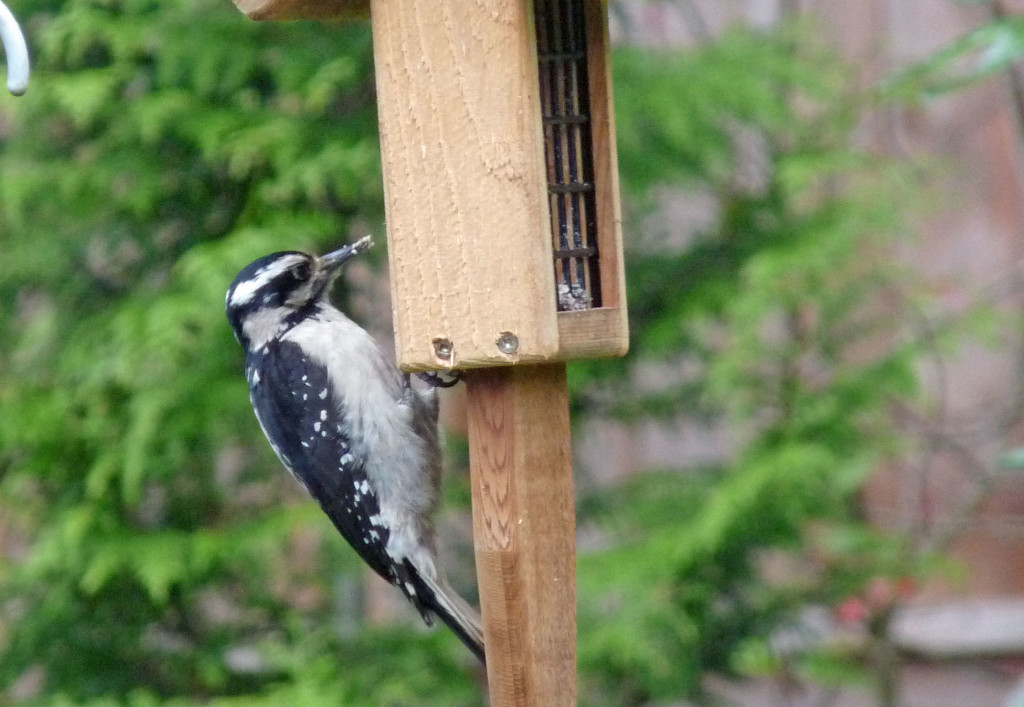
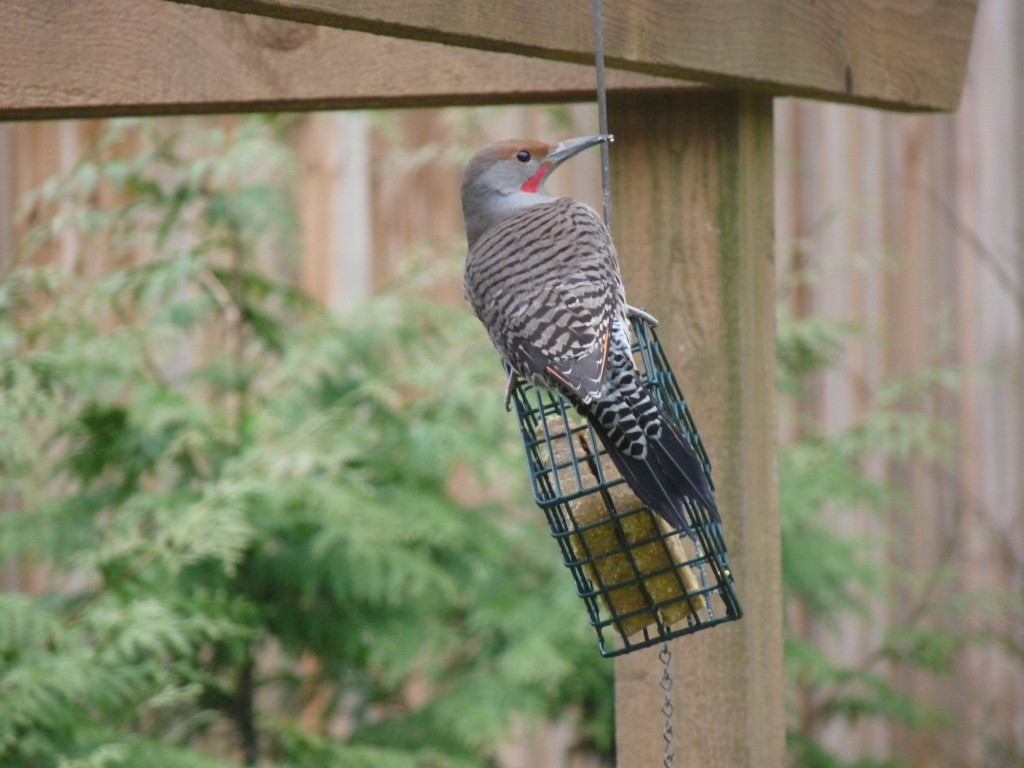
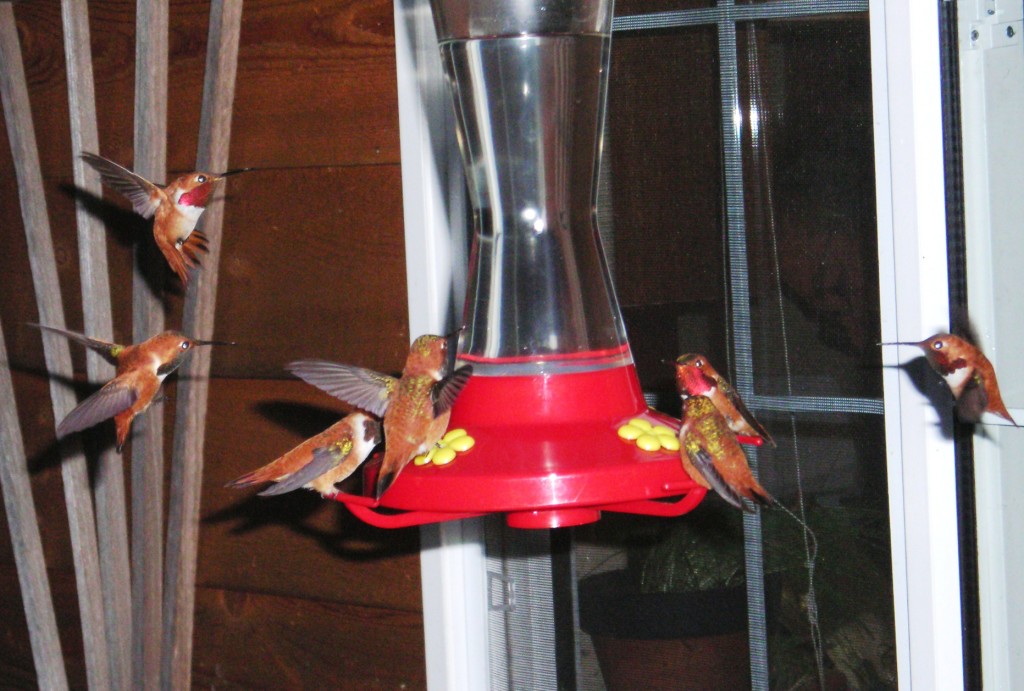
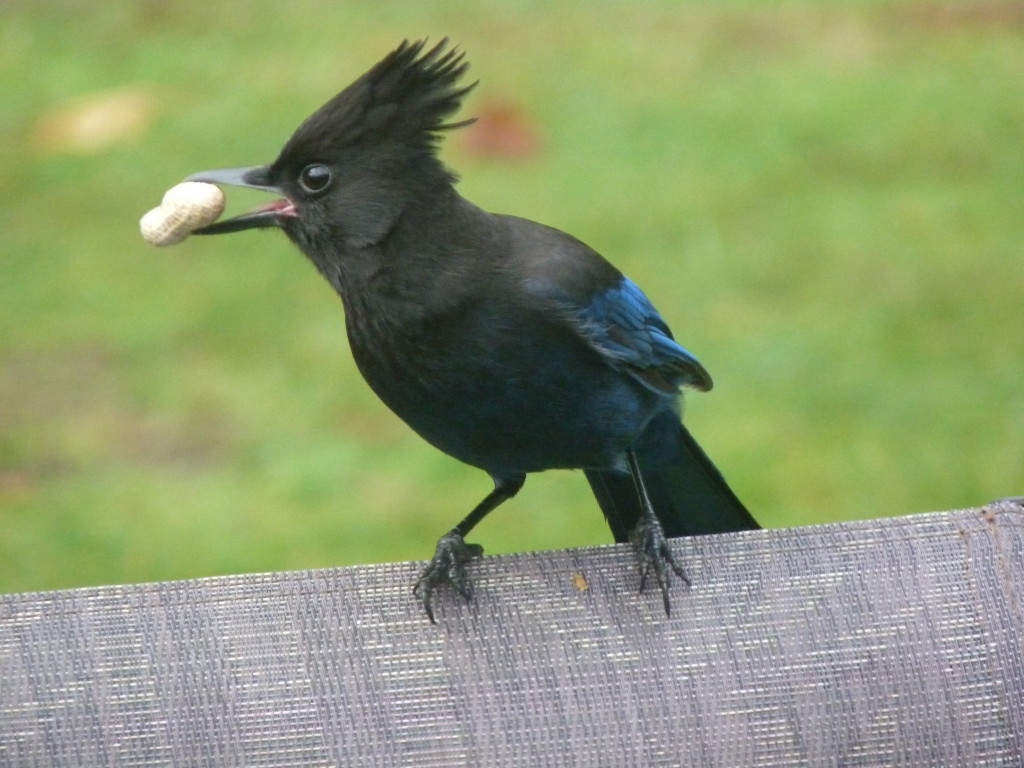
Glad you enjoyed the post Phyllis. I agree that bird-friendly plants are a good idea. I think the Gabriola Garden Club is having a talk on native plants this week, so I’ll be there, learning as much as I can.
Thank you Mary W. So glad you enjoyed the post. Happy birding!
Thanks so much for this excellent opportunity to stay involved with birds and birding. Re Sharon’s thoughtful article about feeding birds. It is is satisfying to many of us but as with so many pleasures there must be some responsibility. For example if you are feeding Anna’s hummingbirds it is likely that a dependency is being created, as evinced by the rapid expansion of their range as more and more of us keep year around syrup feeders. Certainly keeping the feeding stations clean and as safe as possible is important too. Attracting rats seems to be a concern for condo dwellers which is valid. Perhaps a partial compromise is to select plants that will feed the birds for you. There are many lists of plants used by both birds and desirable insects.
You are after my own heart. I feel the same way. I have a tiny yard, but keep my feeders full and at the ready. I so enjoy watching the birds that come to feed. Thank you for sharing your wonderful thoughts and beautiful pictures.
You’re very welcome. Glad you enjoyed the post! Yes, the hummers love scarlet runner beans. We plant them for the birds and us. The young pods are delicious but we let at least half of them mature until they’re huge and filled with gorgeous brightly-coloured beans which we dry and use in soups. … May spring be just around the corner for you!
Thanks so much for the stunningly beautiful images and thoughtful words. We’re just about to sprout out of deep winter here in Montreal and the anticipation is palpable everywhere! Seeing it in all its glory on the island just adds to the excitement. Our neighbourhood is planning a Green Alley project and have proposed planting scarlet runners to attract hummingbirds. Although I was enraptured by the surprise visit of one sweet hummingbird on my balcony last summer, it seems like there’s so much to learn. They’re out there, though. I’ve been hearing the chirping and warbling getting louder. I just wish I could understand it all. Thanks again!
Thanks so much, Laura. Watching the birds is one of my greatest pleasures and has led me to fight for the conservation of their habitat and well-being.
I absolutely love this post! Feeding the birds was something that I would religiously do each year until neighbours decided that they didn’t like to hear the birds each day and my condo board warned me to stop feeding them. It hurts my heart that I can no longer feed them anymore so I’m always happy to hear stories of those that do. Thank you for caring about the birds and for making your garden/home as bird friendly as can be.